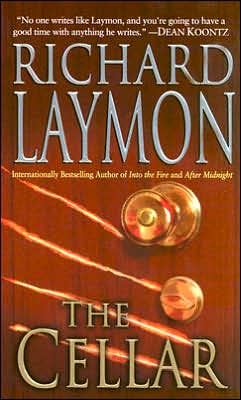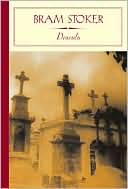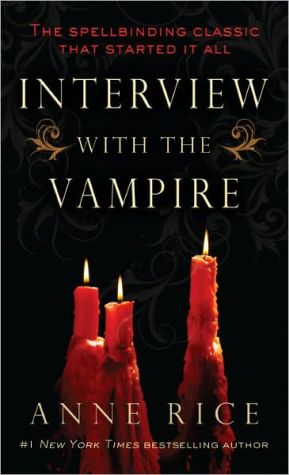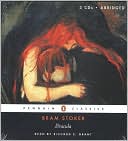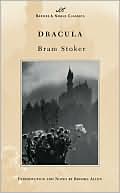The Cellar
Tourists flock to Beast House, but few ever return. Behind the cellar door lurks a creature of pure evil.
Search in google:
Tourists flock to Beast House, but few ever return. Behind the cellar door lurks a creature of pure evil.
\ From Barnes & NobleThe Barnes & Noble Review\ Who better to revisit Richard Laymon's The Cellar, the work that helped spawn extreme fiction, than Edward Lee? Lee is currently perhaps the bestselling author of extreme fiction, with such controversial big sellers as The Bighead and Goon. But now Laymon's THE CELLAR is back in a big way after being out of print for years. Cemetery Dance Publications has issued two lavish limited editions of The Cellar. The autographed numbered edition (only 500 made) features an introduction by Bentley Little, a new afterword by the author, a slipcase, and a gorgeous new cover illustration by Alan Clark. The autographed deluxe lettered edition (only 26 made) is bound in leather and also has a ribbon-page marker and a traycase, and contains an extra full frontispiece by Clark. You can't go wrong with either edition. The only mistake you could make is not getting it now while it's still available. \ Edward Lee Enters Richard Laymon's The Cellar\ It's not everyday day I receive the privilege to review an author whom I consider a major influence, not only on myself but on the modern horror genre at large.\ But—\ Holy smokes! This is even more special. Finally we have a U.S. reissue of one of the handful of novels that predated the "extreme" horror movement by well over a decade, and it's a preeminent hardcover edition at that. Originally published by Warner as a mass-market paperback in 1980, Richard Laymon's The CellaR is a kick-out-the-jambs, pull-out-all-stops, no-holds-barred kind of horror novel that served as a progenitor to what the genre has become today in the late-'90s. Like JackKetchum's Off Season, John Shirley's Cellars, Brian McNaughton's Satan's Lovechild, and James Herbert's The Dark, Laymon's book figuratively and literally vivisects the fundamentals of the elements of accepted fiction of the times...\ ...and then boldly reaches in for an extra handful of viscera.\ When I first read this book way back when, I couldn't believe it, and I still can't. I kept thinking, How did this Laymon guy get away with all of this? Why didn't his editor cut the hell out of this book? I'm especially pissed now because my own books have been cut by the mass-market New York paperback editors—for stuff that's not nearly as brow-raising or graphic as many of the scenes in Laymon's book. In other words, folks, this is hard-core, and I mean hard-core with a capital and the stands for "heinous," "horrendous," and "horrific."\ In just the first couple of pages, Laymon manages to cross every taboo and then some—almost gleefully—to let his story dance on the reader's most tender sensibilities. And by the first few chapters, your grossometer is pegged way on past the red line. Airlines provide vomit bags for the ride; in Laymon's case, so should the book.\ In a lean, sketchy prose style, Laymon all too descriptively reveals the infamy of "The Beast House." It's a typical joint just down the road...but one with a pretty scarlet history, such that it's become something of a tourist attraction around town. See, sometimes when people enter the Beast House, they don't ever come out. Laymon has us wondering why in a big way, but at the same time.... Enter Donna Hayes and her 12-year-old daughter Sandy. Donna wants to get out of town real fast because her former husband just got popped from the can thanks to a lenient parole board. Thank God for the ACLU, huh?\ Laymon's taut, declarative prose has a creepy way of sneaking up on you, like when you're shaving in haste, then take a gander in the mirror and see blood running down your face. He expertly shows far more than the basic words; at times his depictions are absolutely repugnant, wholly and thoroughly hideous. It's the economy-of-prose mechanics that work so efficiently here. The screams pierce your eardrums, the raw innards crackle, the visual images glint like shards of broken glass. And the horrors are thus steepened to the clarity of the edge of a newly stropped straight razor.\ Jeez! The violence in this book makes "The Texas Chainsaw Massacre" look like a couple of Girl Scouts playing paddycake in front of the campfire. Feel like roasting some marshmallows? Well, other things are roasted in this story: the reader's perceptions, and the accepted limits of what an author has business trying to pull off.\ This is honest, blatant, and go-for-the-throat horror fiction that cuts no corners and makes no apologies for its form, style, or intent. General readers may well find themselves so appalled that they'll never read horror again. Fine. Go home and watch "The Little Mermaid." Read I'm Okay, You're Okay again. But Donna Hayes and her kid are anything but okay. First they trash their car and get picked up by a grimy psycho with missing fingers. Then they get hooked up with Jud Rucker and Larry Usher; Jud's a hard-core former military guy, and Larry, from decades back, is a survivor of the Beast House. I could write 20 pages about this stupendous book—it's a legend—but I won't spoil any surprises, save to say that there's more than one beast lurking in the.... Well, you gotta read it.\ There are, however, scenes of ultraexplicit, sexually motivated violence that might turn off even seasoned horror readers. All I can say about that is, if you want lighthearted fare, you're in the wrong place, brother. Bigtime. What happens here is, Richard Laymon takes you by the hand and proceeds to present a one-on-one guided tour through a house of horrors that would make Christopher Lee have an on-the-spot heart attack. I won't even talk about what is probably the most outrageous, demented, perverted ending in any horror novel I've ever read. And as for the Beast House itself—it will dare you to enter. —Edward Lee\ \ \
